From pv magazine Brazil
Prof. Ricardo Rüther installed Brazil's first PV system at the central campus of the Federal University of Santa Catarina (UFSC) in 1997, after completing a postdoctorate in Solar Energy Systems at Germany's Fraunhofer Institute for Solar Energy Systems (Fraunhofer ISE) in Freiburg, Germany.
The 2 kW system was equipped with a 2 kW inverter from Germany's Würth Elektronik (later replaced by one from SMA) and 78 photovoltaic modules with 32 kW output each from Phototronics Solar Technik.
“Part of the institute's scholarship worked as a research grant, which provided that graduate students could take photovoltaic equipment to their home countries to continue their research,” Rüther told pv magazine.
Without specific funds to deploy the system, Rüther and other students at the university handled the installation.
“There were no companies that could install it because no one had done it before. Since I had spent a few days at Phototronics before returning to Brazil, I was able to visit the facility and learn some of the installation procedures,” he said. “We fixed the modules ourselves to a metal structure we had made to measure, fixed the inverters to the walls and made all the electrical connections on the fly.”
Once the installation was completed, the group asked a local energy provider to connect the PV system to the electrical grid.
“At that time it was not allowed to connect a photovoltaic generator to the public electricity grid, but we also obtained the first access ruling in Brazil, through an authorization signed by the president of Centrais Elétricas de Santa Catarina (Celesc), which is the distributor here. in Florianópolis, because in 1997 it was not allowed,” Rüther said. “The president of the company authorized the university to connect the experimental research system to the public electrical grid, which was a milestone at that time.”
Rüther spent another three years as a postdoctoral fellow until he came first in the university's public competition and was hired in 2000.
“I did not become a professor at UFSC until Feb. 1, 2000. For three years I was in a precarious situation as a scholarship recipient, having to renew the scholarship every year and demonstrate the performance of the generator,” he said.
Since the photovoltaic system was installed, UFSC has been talking to Greenpeace about sustainable actions to draw society's attention to solar energy, a safe, clean, renewable and abundantly available energy alternative.
“We had obtained a donation from the state's energy development program (Prodeem) for an off-grid system and a battery storage system on a satellite island of Florianópolis, where the Santo Fortress is located. Antônio de Ratone, a tourist place where energy was supplied by a diesel generator,” said Rüther. “In order to carry out the installation on the island, we requested authorization from the Institute of National Historical and Artistic Heritage (IPHAN) and we had to carry out an environmental impact study, which lasted a year.”
This content is protected by copyright and may not be reused. If you want to cooperate with us and would like to reuse some of our content, please contact: editors@pv-magazine.com.
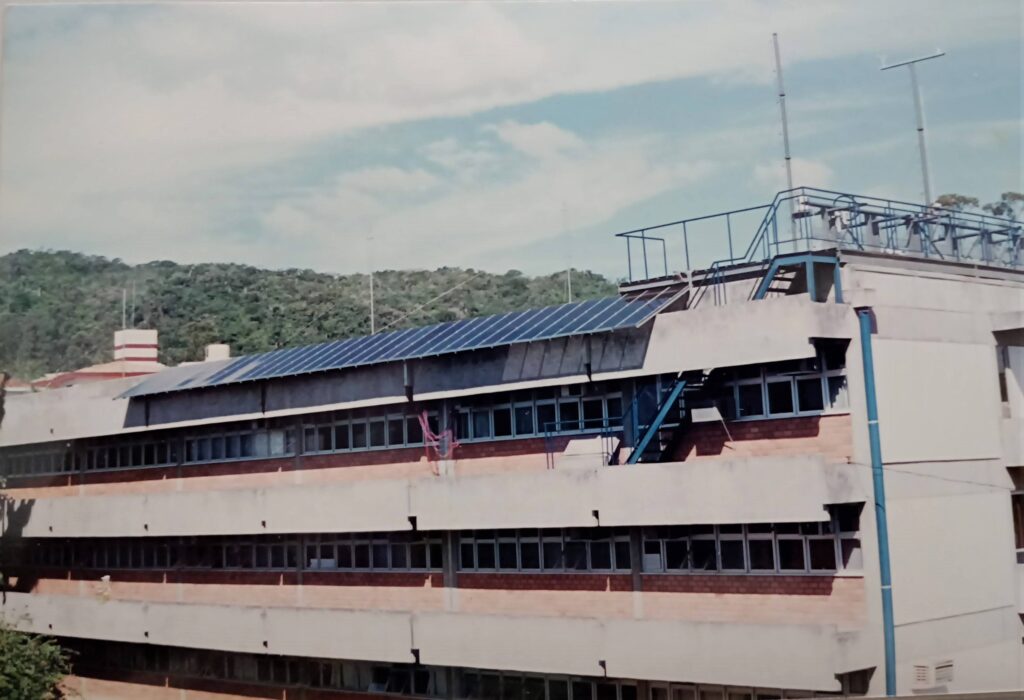
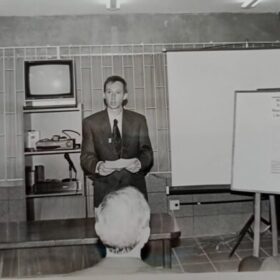
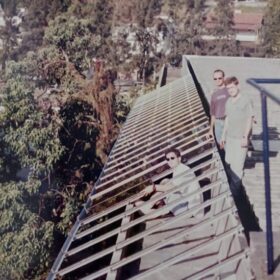
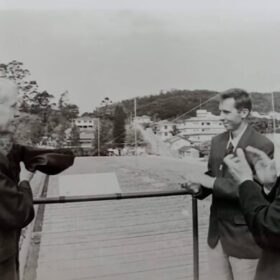
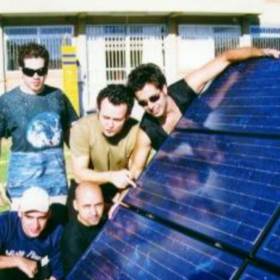
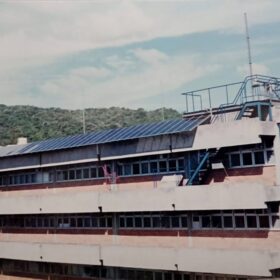
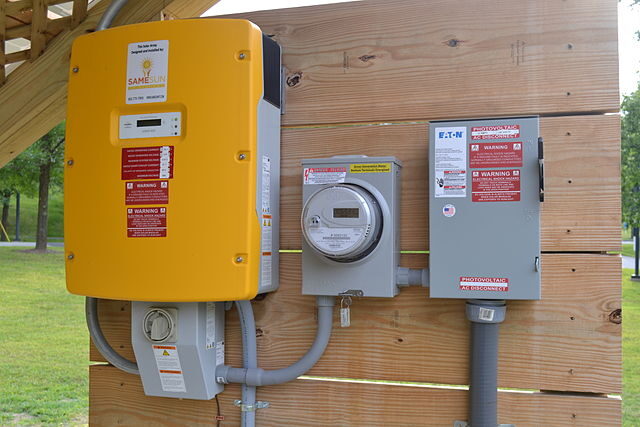


Should be 78 modules of 32W (not 32kW) for a total of 2kW.